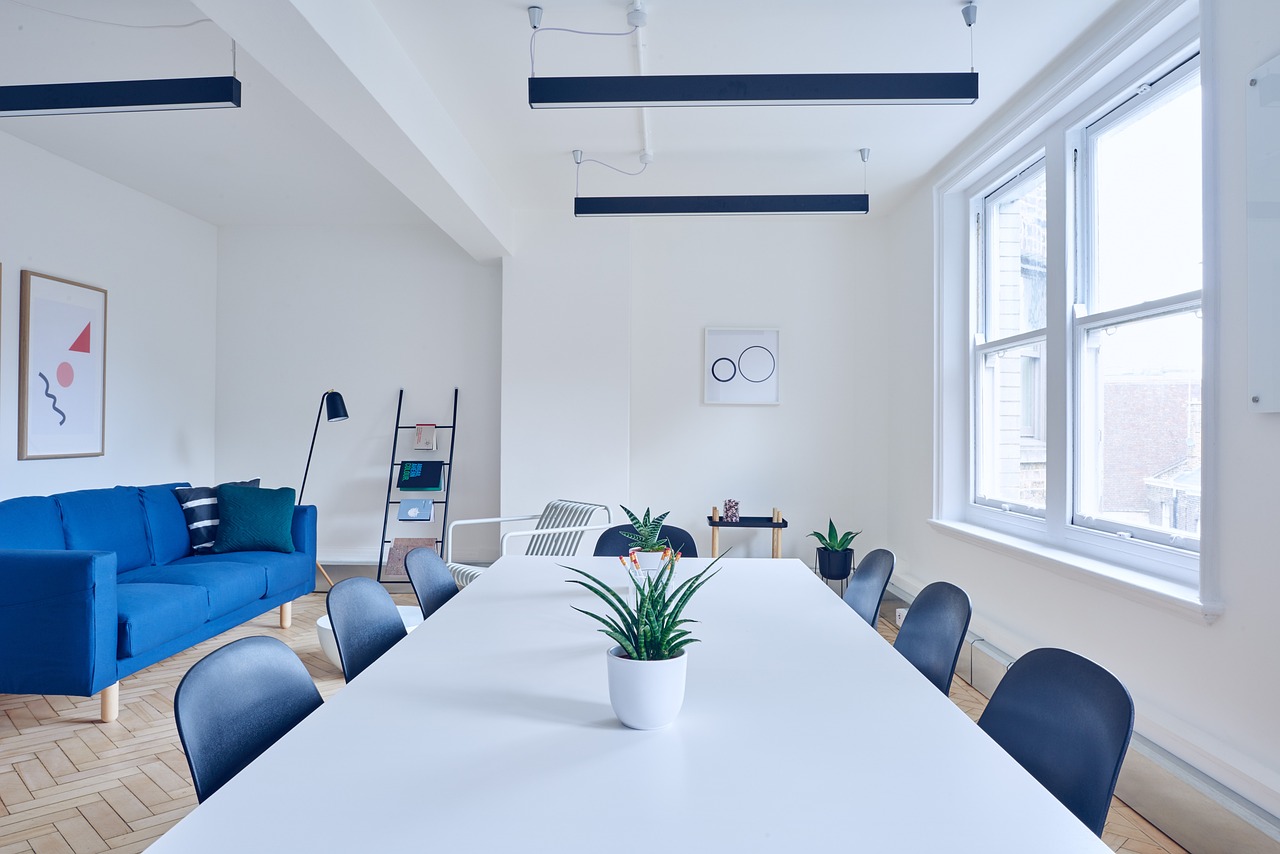Minimalism in interior design is more than just a trend—it’s a lifestyle choice that celebrates simplicity, functionality, and clarity. From decluttering spaces to focusing on essential elements, embracing minimalism can transform your home into a sanctuary of calm and elegance. Let’s explore what minimalism in interior design entails and how you can incorporate its principles into your living space.
Understanding Minimalism
At its core, minimalism is about stripping away the unnecessary to reveal what truly matters. It’s about creating spaces that are clean, uncluttered, and purposeful. Minimalist design emphasizes openness, light, and a sense of serenity, making it ideal for creating a peaceful retreat from the busyness of everyday life.
Tip: Start by decluttering your space and removing items that don’t serve a practical or aesthetic purpose. Focus on quality over quantity when choosing furnishings and decor pieces, opting for timeless designs that complement the minimalist aesthetic.
Simplify Color Palette and Materials
Minimalist interiors often feature a neutral color palette with shades of white, beige, gray, and black. These colors create a sense of calm and cohesion, allowing key design elements to stand out without overwhelming the space.
Tip: Use a limited color palette to unify your home’s aesthetic. Introduce subtle variations in texture and materials to add depth and interest while maintaining a cohesive look. Consider materials such as natural wood, matte metals, and polished concrete for their understated elegance.
Embrace Clean Lines and Functional Design
Clean lines and simplicity are hallmarks of minimalist design. Furniture and architectural elements should have straightforward shapes and a sense of balance. Functional design is prioritized, with each piece serving a purpose while contributing to the overall harmony of the space.
Tip: Choose furniture with sleek profiles and minimal ornamentation. Opt for multifunctional pieces that maximize space efficiency, such as storage beds, modular shelving systems, or nesting tables. Focus on creating a sense of openness and flow by carefully arranging furniture to maximize natural light and circulation.
Focus on Negative Space
Negative space, or the empty areas around objects, plays a crucial role in minimalist design. It allows visual breathing room and emphasizes the importance of each element within the space. By embracing negative space, you can create a sense of tranquility and balance in your home.
Tip: Resist the urge to fill every corner or wall with decor. Instead, strategically place a few well-chosen pieces that enhance the minimalist aesthetic. Use large artwork or statement pieces sparingly to draw attention without overwhelming the space.
Incorporate Elements of Nature
Bringing elements of nature into your minimalist space can enhance its beauty and serenity. Natural light, indoor plants, and organic materials contribute to a sense of warmth and connection to the outdoors.
Tip: Maximize natural light by using sheer curtains or blinds that allow sunlight to filter through. Incorporate indoor plants to add freshness and visual interest. Choose natural materials like bamboo, linen, or wool for furnishings and decor to create a harmonious and inviting atmosphere.
Conclusion
Minimalism in interior design is a timeless approach that prioritizes simplicity, functionality, and aesthetic integrity. By embracing minimalism, you can create a home that not only looks beautiful but also promotes a sense of calm and clarity in your everyday life.
Whether you’re redesigning a single room or transforming your entire home, let the principles of minimalism guide you in making intentional design choices. Embrace the beauty of less, and discover how minimalism can enrich your living environment with its timeless elegance and understated charm.


Geef een reactie